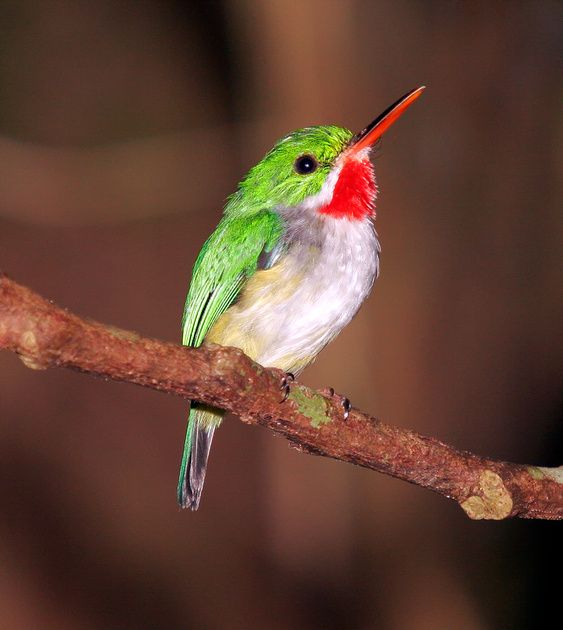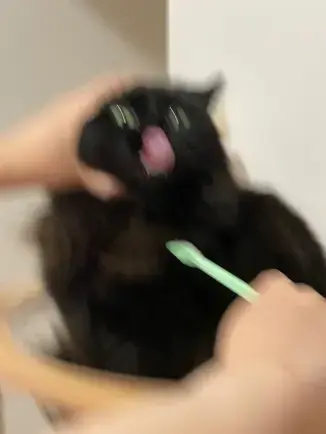The northern hawk-owl (Surnia ulula) is a medium-sized true owl of the northern latitudes. It is non-migratory and usually stays within its breeding range, though it sometimes irrupts southward. It is one of the few owls that is neither nocturnal nor crepuscular, being active only during the day. A bird of boreal forests, the Northern Hawk Owl behaves like a hawk but looks like an owl. Its oval body, yellow eyes, and round face enclosed by dark parentheses are distinctly owl. Its long tail and habit of perching atop solitary trees and hunting by daylight, though, are reminiscent of a hawk. Northern Hawk Owls reside in open coniferous or mixed forests bordering open areas or marshes dotted with trees that provide good perches. Burned areas of the boreal forest also provide good nest sites and foraging areas. Northern hawk owls eat voles, shrews, lemmings, snowshoe hare, squirrels, weasels, grouse, ptarmigan, and various small birds. Northern hawk owls must remain wary of natural predators such as the northern goshawk, great horned owl, golden eagle, gyrfalcon, peregrine falcon, and lynx. In addition, marten and weasel are known to prey on eggs and nestlings. Males sing a rolling whistled ulululululul, that lasts around 14 seconds during display flights to attract a mate. Females have a similar, but shorter and hoarser song. Their alarm call is a harsh screech followed by a faster and repeated raspy kip. Fledglings give a high-pitched scream. Here is a link so you can hear this bird too.
It’s the owl
Yub. Happy to serve 🫡🫡🫡
You are my favourite shark
Awww, you are my favorite Oppo 🥰🥰🥰
If you’re cold, they’re cold. Bring them inside.
🥰🥰🥰
👁️ 👄 👁️




